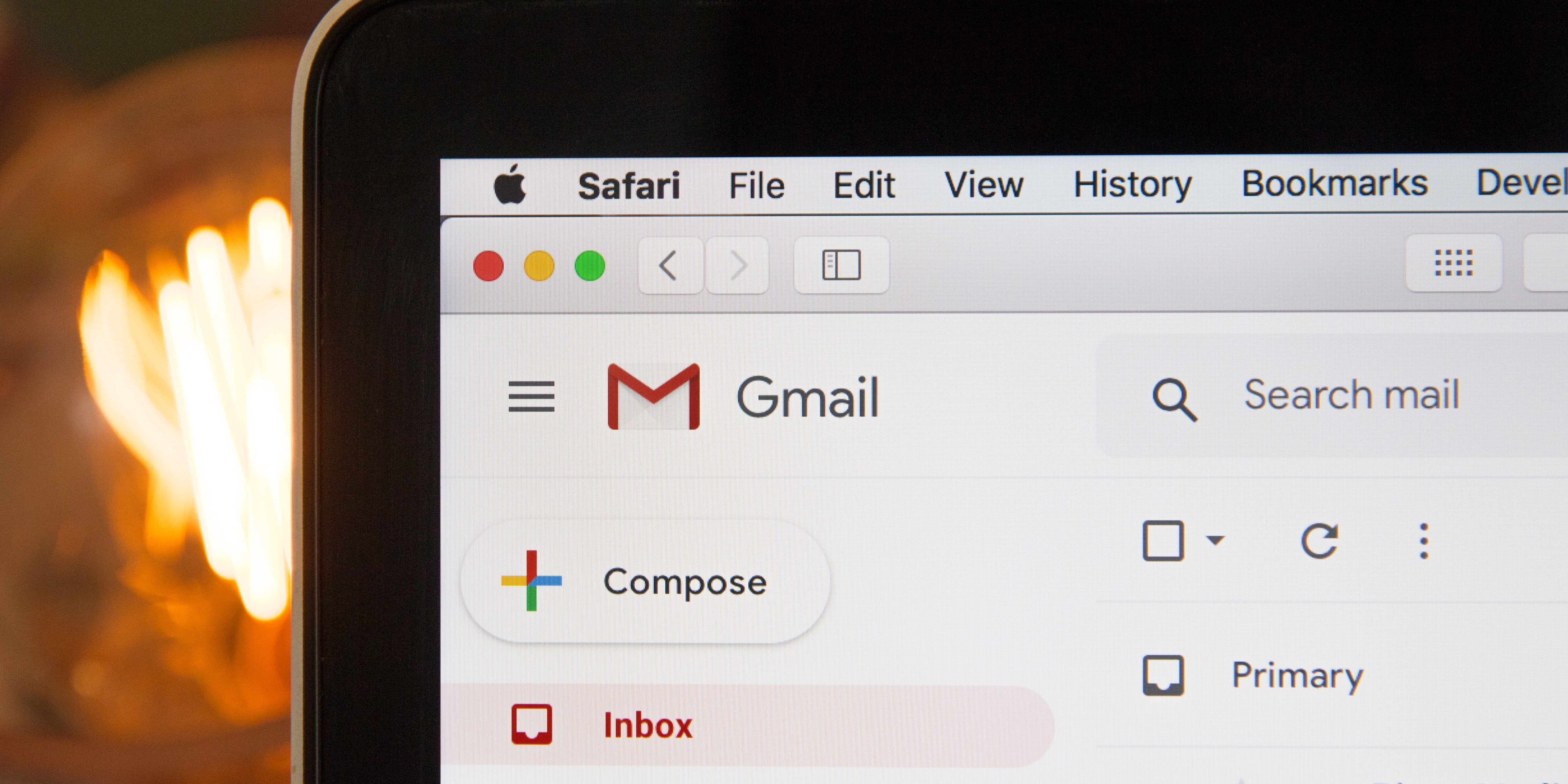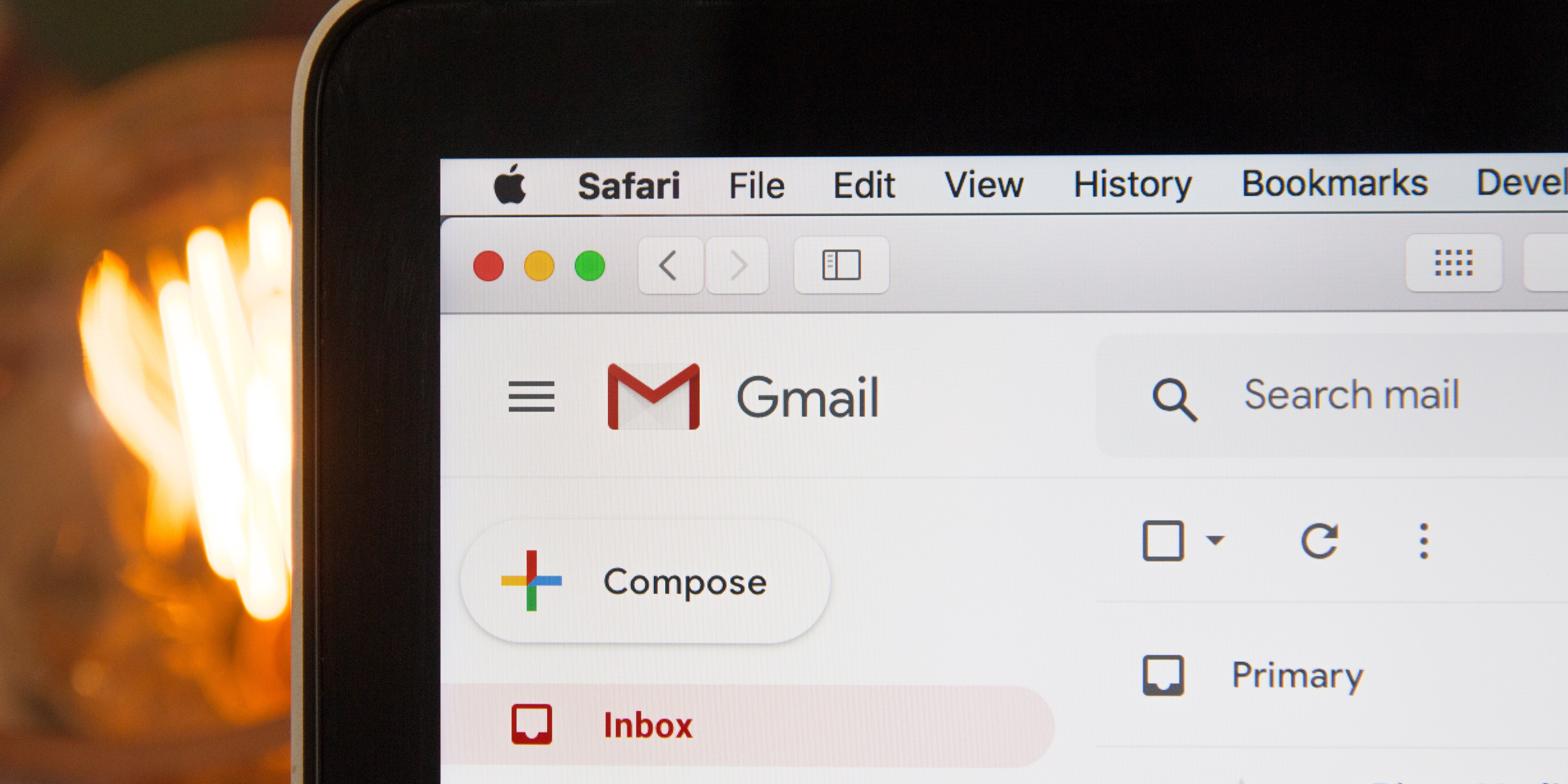A Guide to B2B Lead Generation
Year after year, B2B marketers regularly cite lead generation as one of their top priorities, and platforms like HubSpot have dedicated countless...

 There are no shortcuts in life. You may have heard this phrase before, but it absolutely rings true when it comes to generating leads through inbound marketing. We often hear marketers ask if there are ways they can supplement the marketing leads they capture on their website to boost results with email marketing.
There are no shortcuts in life. You may have heard this phrase before, but it absolutely rings true when it comes to generating leads through inbound marketing. We often hear marketers ask if there are ways they can supplement the marketing leads they capture on their website to boost results with email marketing.
One common question we hear from marketers is whether they can use an email list acquired by purchasing contact information or receiving an email list of subscribers who are opted-in from another company. On the surface, this often seems like a great workaround to driving new leads into the funnel. If a company can exponentially increase the size of their email list overnight, surely they will be able to convert some of those new contacts into leads through their email campaigns, right?
However, there are many pitfalls of this strategy that could actually be detrimental to the efforts you've made on investing time and resources into inbound marketing. Below we'll share three reasons why using purchased email lists is a bad idea, and provide some tips to avoid any big marketing mistakes!
The CAN-SPAM Act was signed into law in 2003, and it was the first piece of legislation that laid out rules for how marketers can communicate with their customers through email. This new law required that marketers follow the principles of permission-based marketing, meaning that any person a company sends a marketing email to must first opt into receiving that type of communication. Because, in practice, this law is difficult for the government to enforce, they have leaned heavily on internet service providers and email providers to enforce the principles of the law.
These companies have designed algorithms that can spot "would-be" spammers and block their emails from reaching their end targets before they ever reach that person's inbox. They keep record of various domains that emails are sent from across the web, and each domain develops a reputation over time as an email sender. That reputation is largely based on how many users report your emails as spam.
So, when using purchased lists, these email and internet service providers can typically recognize the higher rate of spam reports coming from your domain, and they can penalize you in the future by trapping your emails in spam filters. Some domains even gain such a poor reputation as to be blacklisted by various companies so that a majority of their emails do not reach the end user, even for those subscribers who have been acquired the right way by gaining permission from an opt-in.
In 2018, a new law was passed by the European Union called the General Data Protection Regulation (GDPR). Most, if not all, marketers have heard this term by now, even if their companies are solely based in the US. Why would a marketer in the US care about a European law? Great question!
This new legislation has far-reaching implications for marketers that extended beyond the European continent. It sets a new standard for online privacy that businesses must adhere to when it comes to customer data, including email lists. It imposes these hefty penalties on companies who do not adhere to its new set of privacy regulations, and it can do so even for companies in the United States.
How is that possible? Well, even if your company only does business in the US, you may have contacts who are European citizens. Furthermore, if you were to purchase a list, you have no idea where those email addresses are coming from. So, even if you send just one email without permission to a European citizen, regardless of where they live, you are in violation of this law. The impact of this can be devastating. The minimum fine for a violation is a fine of either $20 million euro or 4% of a company's annual revenue, whichever is greater. To say the majority of companies could not survive this would be an understatement. So, unless you want to risk paying that sort of fine, it's best to play it safe when it comes to purchased lists and avoid them altogether.
The final reason, as if risking heavy fines and spam reputation abyss were not enough, is that email marketing software platforms have rules in their terms and conditions forbidding it. Whether you look at Hubspot, Mailchimp, Constant Contact, Marketo, or any other platforms out there, they all have rules in place stating you cannot use purchased email lists.
These companies have similar ways of recognizing that you may be in violation of permission based opt-in rules as the Gmails, Yahoos, and internet providers of the world. If they notice an inordinately high amount of spam reporting from your email campaigns, they are likely to flag you. The results can include even being banned or blacklisted from their platforms.
So, now that we understand why purchased lists are a bad idea, check out our post on how to leverage the right content strategy to convert and generate leads the right way.

Year after year, B2B marketers regularly cite lead generation as one of their top priorities, and platforms like HubSpot have dedicated countless...

Developing a solid inbound marketing and content strategy is something that most companies struggle with. In fact, a study from Ascend2 and its...

As an inbound marketing and sales consultant, each day I have the opportunity to work with clients to make recommendations that help them improve...